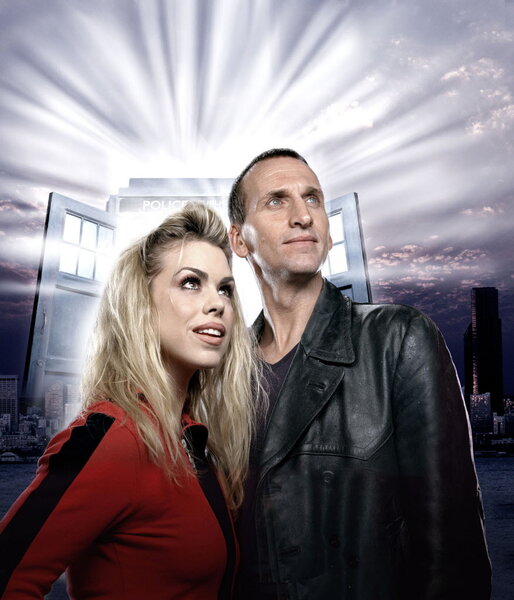“People assume that time is a strict progression from cause to effect, but actually from a non-linear, non-subjective viewpoint, it’s more like a big ball of wibbly-wobbly, timey-wimey stuff.”
That’s the Doctor’s infamous explanation for what makes time travel possible. But before we get to the fancier applications of subjective time (like, say, time travel), let’s begin with just the basic precept here.
The Doctor could have been alluding to Einstein’s theory of Special Relativity, which says that time is not the same for all observers.
That’s because light always travels at the same speed – 299,792,458 meters per second in a vacuum – no matter how fast you are moving relative to that light. Weird but true.
As Albert Einstein pointed out in 1905, the invariance of the speed of light has some bizarre consequences, especially when dealing with things that are moving very, very fast. If the speed of light won't budge, something else has to give, and that something is space-time. As you approach the speed of light moving objects shrink, clocks slow down, and simultaneity – the concept of distant events happening at the "same" time – becomes meaningless.
An astronaut who has logged time in space – hurtling through the vacuum at tens of thousands of miles per hour, or faster – is a smidgen younger than her earthbound counterparts, meaning that she has, sort of, time traveled. But to really travel in time, we would need to travel much closer to the speed of light, and modern technology can’t move us at speeds even a decent fraction of light speed.
For that matter, a human probably couldn't survive such speeds: An object accelerating to the speed of light would have an infinite mass and require infinite energy, which is not a state of being that humans are likely to live through. Plus, that’s still only taking us forward in time. To go backwards in time, we would have to go faster than the speed of light, which (as far as we know) is impossible. Nothing, not even subatomic particles, can go faster than the speed of light.






